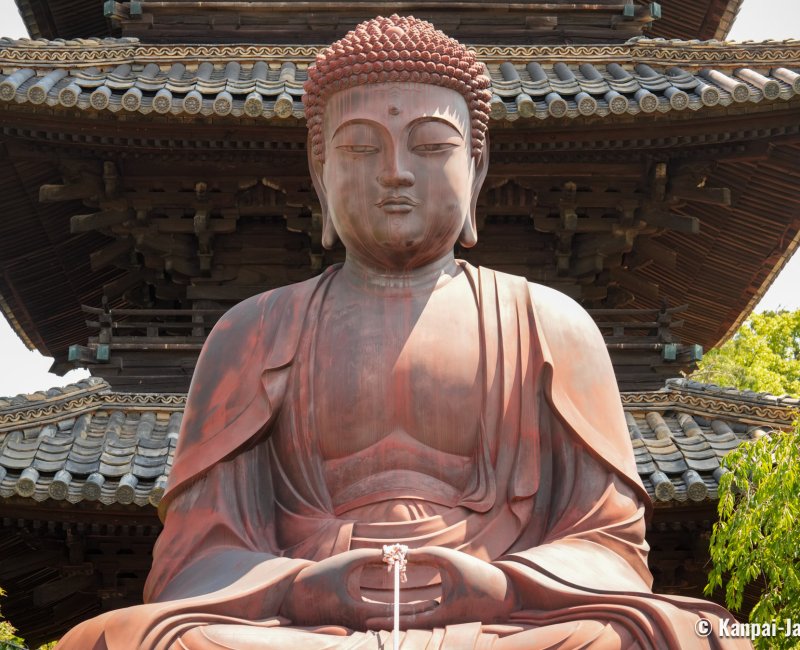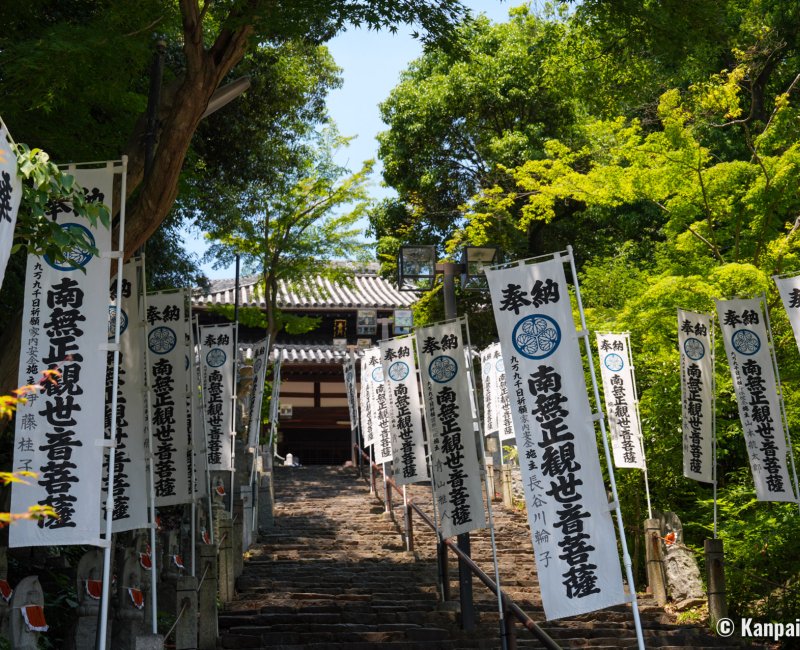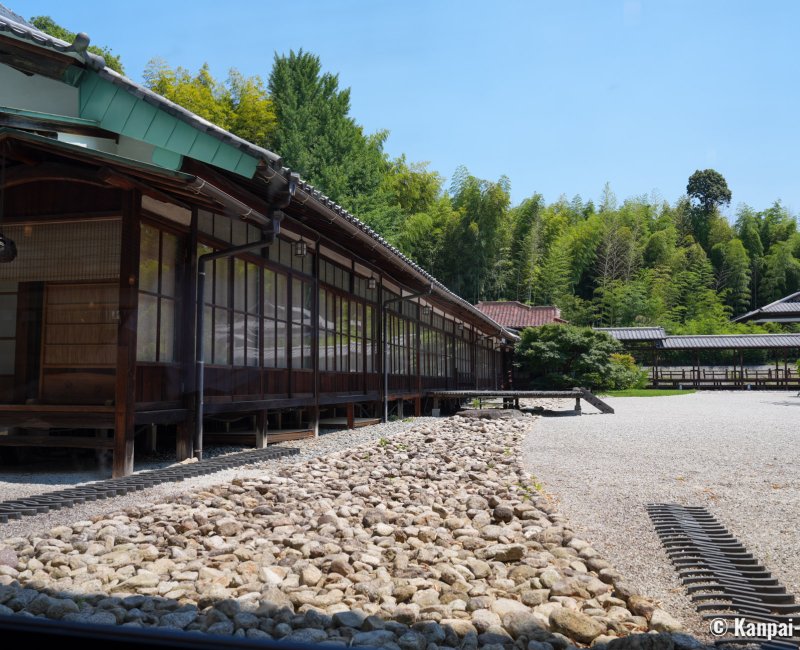Kosho-ji
The Red Great Buddha in Nagoya
Kosho-ji is a Buddhist temple affiliated to the Shingon esoteric school, located in Showa ward in the south-east of Nagoya, in Aichi prefecture of Japan. Sitting on the Yagoto mountain, the large enclosure is home to several pavilions dedicated to various deities, as well as to a beautiful 5-stories wooden pagoda and a monumental red copper Buddha statue.
Located in the south-east of Nagoya’s center, Kosho-ji temple is spreading on the side of the Yagoto-yama mountain, immersed in a forest of a beautiful green in summer, that turns to red in fall 🍁. Slightly off the popular and lively districts of Sakae and Osu, this green oasis in the city is nonetheless easy to access by metro. It enjoys a quiet atmosphere, of a charming spirituality and mainly trodden by the locals.
Upon entering, one cannot help but be captivated by the wonderful red Great Buddha (Daibutsu), sitting between 2 authentic wooden pavilions of the temple: the Chu-mon gate and the 5-stories pagoda built in 1808. The perspective is both photogenic and impressive to watch in person. Note however that this lacquered bronze statue, which is 17,1 meters high and weights about 6 tons, can be moved according to the needs of the site’s maintenance. Therefore, it can be placed facing various directions or sited before other pavilions.
Kosho-ji’s Daibutsu has been welcoming the temple’s visitors since September 2014 right after its inauguration. It is depicting Sakyamuni alias Shaka Nyorai, that is to say the original Buddha, which is worshiped in most of Japanese Buddhist schools except for the Shingon, to which Kosho-ji is affiliated nonetheless, adding a modern twist in the grounds of this ancient sect.

Shingon temple of the Owari Tokugawa clan
Founded in 1686 by monk Tenzui Ensho, the temple is affiliated to Mount Koya. It is also nicknamed "Owari Koya" in reference to the Owari Tokugawa clan, that was ruling at the times of its founding and to its 2nd daimyo lord, Tokugawa Mitsutomo (1625 – 1700), who chose Kosho-ji as a special place of worship for his family.
The Owari branch is directly related to Tokugawa Ieyasu, the 1rst shogun of the Edo period (1603 – 1868), and ruled during more than 250 years over the western part of current days’ Aichi prefecture from Nagoya Castle 🏯. The Mon coat of arms of the Tokugawa’s, the Mitsu Aoi or triple hollyhock leaves, can therefore be spotted throughout the temple’s grounds.
Beside the modern Daibutsu, we highly recommend exploring the site, divided into 2 large areas:
- Nishiyama in the West, hosting the main pavilion Hondo, dedicated to Buddha Amida Nyorai, as well as the Kannon-do which is part of the Owari 33 Kannon pilgrimage;
- Higashiyama in the east, is centered around esoteric Buddhism through the part dedicated to Jizo Bosatsu, the deity protecting children and pilgrims, as well as the cemetery divided into several older and modern areas. At the highest point of the grounds, a pavilion is dedicated to Dainichi Nyorai, the main Buddha of the Shingon school.

The temple is spreading on the mountains, and its many plaza and terraces are accessible thanks to several stone stairways and even an escalator.
The discovery of Kosho-ji ends with a timeless experience at the Japanese garden Fumon-en that includes, among other features, a bamboo grove and a pond. Surrounded by several traditional buildings, visitors walk in sheltered corridors leading to the various vantage points on the vegetation, that change according to the seasons. It is also possible to book a traditional activity, such as a meditation session or a tea ceremony at the Chikusui-tei tea room.

While Kosho-ji’s alleys are quiet all year long, they are enlivened by seasonal rituals organized by the temple, especially the ennichi festivals, taking place on Buddhism’s auspicious days: the 5th, 13th and 21th every month. Tourists then enjoy the many stalls selling Japanese food, as well as a flea market.

